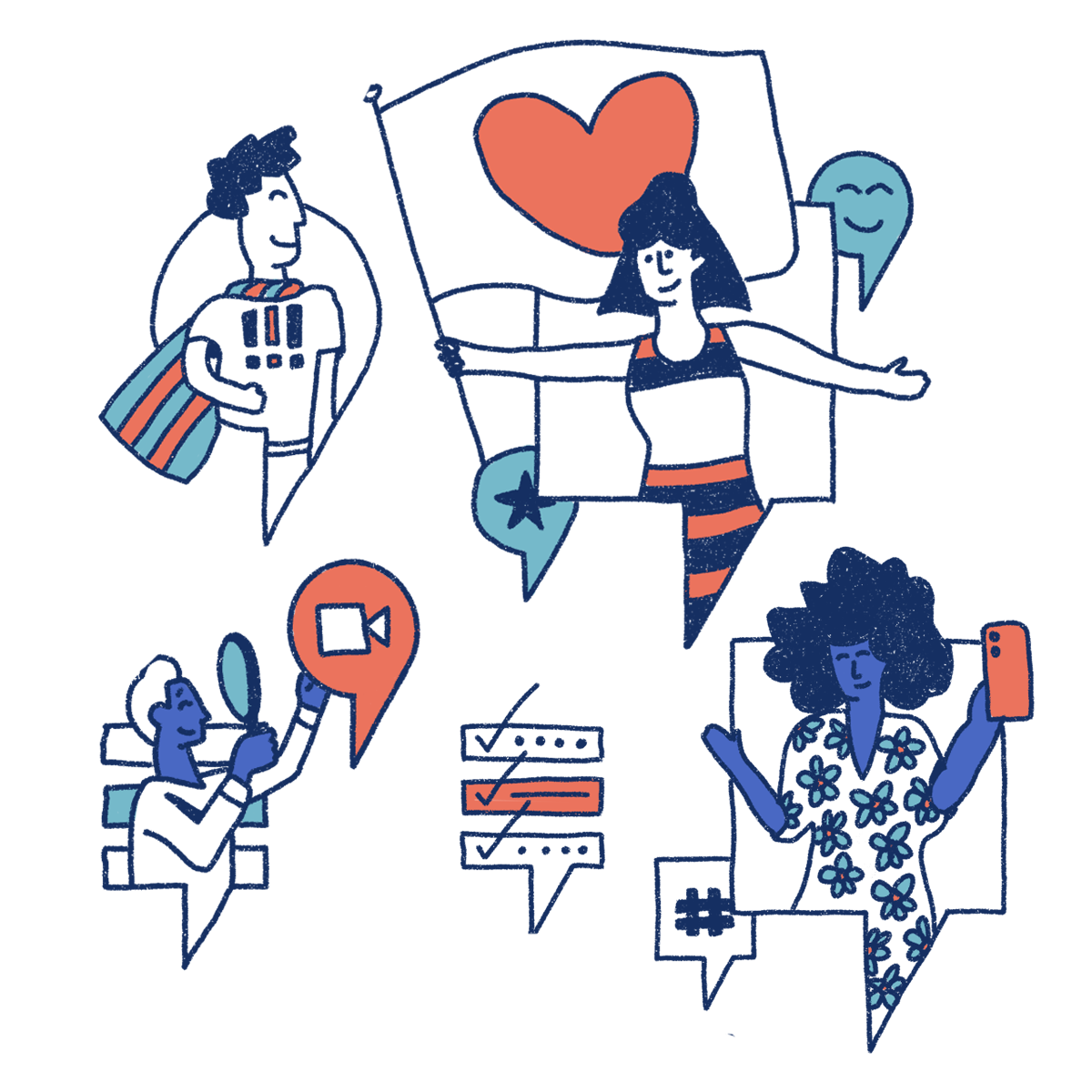Benefits are one of the core ways employees feel cared for by employers, so it’s critical to get it right—and that includes communicating any changes to benefits.
If you have a big benefit change coming, you need to begin planning for it well before you announce it to employees.


Big Picture Explanation: Spend time explaining the changes, why they are important and how it will affect the organization long-term.
‘What’s In It For Me?’: Be honest, clear and consistent as you answer this question. State the change, explain the why and make the connection to how it impacts employees.
Time: Give employees time to absorb the change. Tell employees what’s happening and why. Then tell them again. And again.
Dialogue: Remember, employee communications is a conversation. This opportunity helps employees feel prepared for the change and supported by the company.
In recent years, benefits changes—particularly for healthcare benefits—seem to be the expectation rather than the exception. Most mid-to large employers are regularly experiencing some sort of change during open enrollment—this includes everything from changes in healthcare carriers to plan designs (including phasing out the more costly medical plans) and more narrow networks (a trend we’ll continue to see) to eligibility and policy changes.
Spend time explaining the changes and why they are important or necessary and how it will affect the organization long-term.
This is one of the most important pieces of information you can share. Be upfront and honest about changes. Try to:
Answering this question is the key to motivating employees to accept or adapt to any benefit changes. Don’t try to disguise or sugarcoat it—employees can read right through that most of the time anyway.

When you have a big change—like new health plans or a phasing out of a highly elected plan—it’s important to give employees time to absorb the coming change. You should also provide education on new plans, concepts, funding accounts, etc. In addition to telling employees this information multiple times, it’s beneficial to tell them about it several ways.
We all learn differently, so be sure to provide a mix of communication materials so your message is reinforced multiple times and in multiple ways.
In order for employees to accept and adapt to a change, they may need to talk about it—with supervisors or those leading the change. That conversation may happen one-on-one, in an in-person Q&A format or even online.
By providing the opportunity for dialogue, employees feel more prepared for the change and supported by the company.

